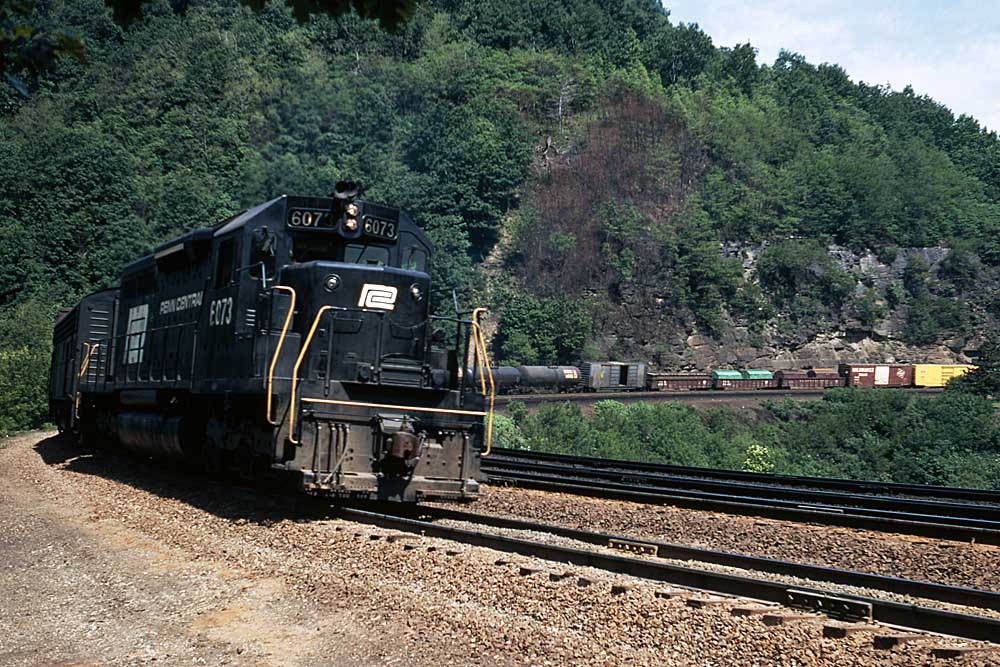
Penn Central history began existence on Feb. 1, 1968. More accurately, it was incorporated in 1846 as the Pennsylvania Railroad; changed its name to Pennsylvania New York Central Transportation Co. on Feb. 1, 1968, when it merged the New York Central; and adopted the name Penn Central Co. on May 8, 1968. On Oct. 1, […]
Read More…
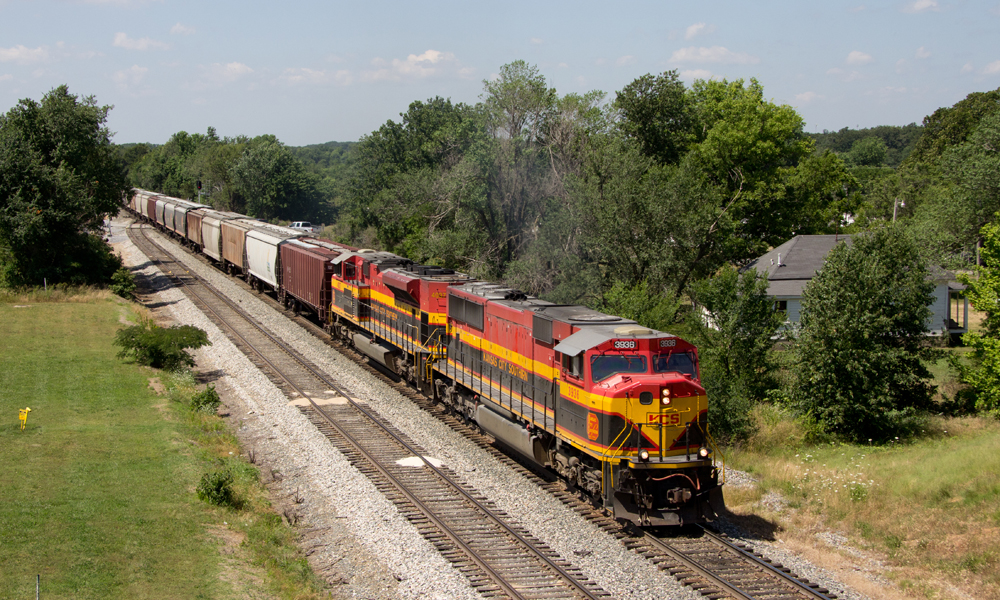
Kansas City Southern history is now appropriate to talk about since the seventh of seven Class I railroads in North America has been approved to merge with Canadian Pacific to make a larger No. 6 Class I railroad. Kansas City Southern history In 1889 Arthur Stilwell began building the Kansas City, Nevada & Fort Smith […]
Read More…
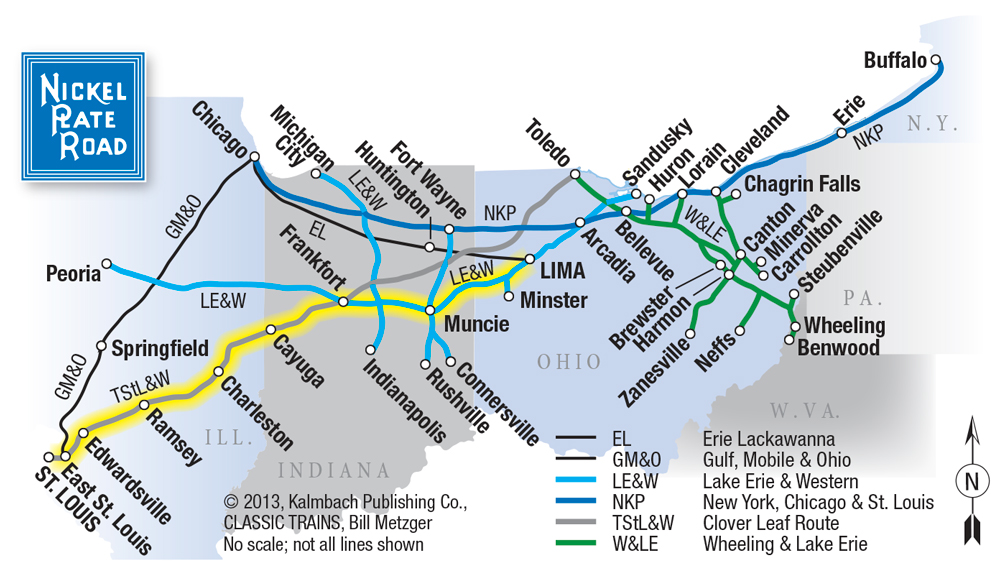
The Nickel Plate Road’s major components were all in place by 1949. The Nickel Plate, formally the New York, Chicago & St. Louis Railway, was conceived in 1881 as a Buffalo-Chicago project to compete with the parallel Lake Shore & Michigan Southern (later New York Central) of William H. Vanderbilt. To thwart rival […]
Read More…
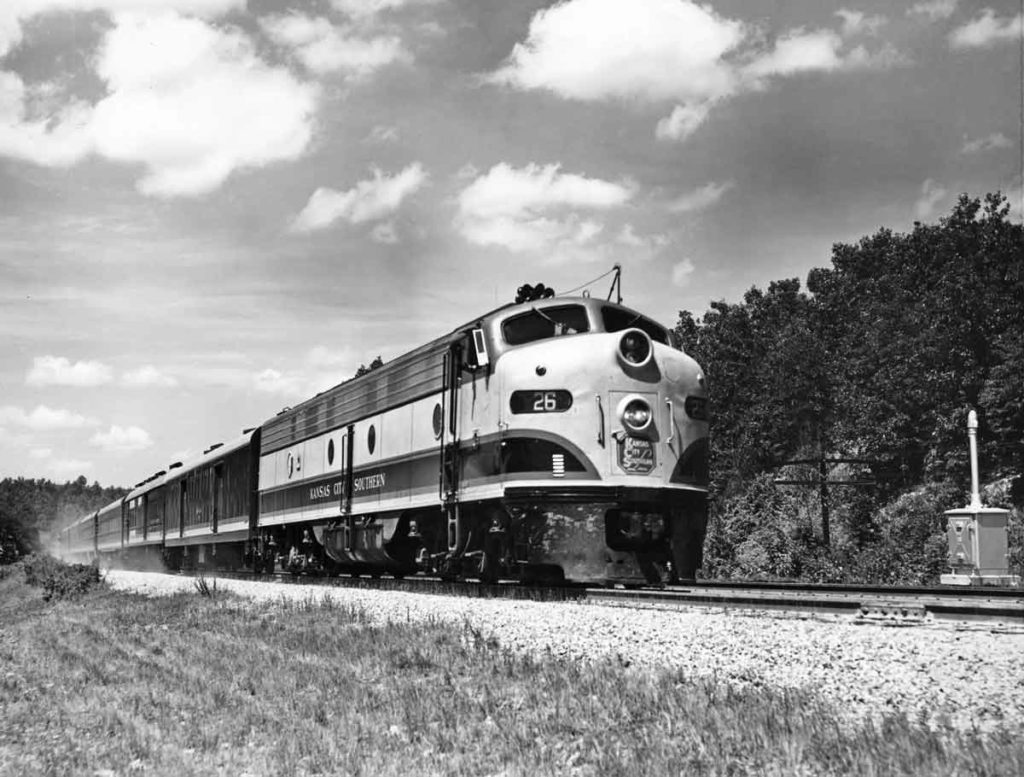
Kansas City Southern passenger trains All through April 2023, Classic Trains editors are celebrating the grit and grandeur that has been one heck of a railroad: Kansas City Southern. As KCS rides into history on the back of a new merger with Canadian Pacific, please enjoy this photo gallery of Kansas City Southern passenger trains […]
Read More…
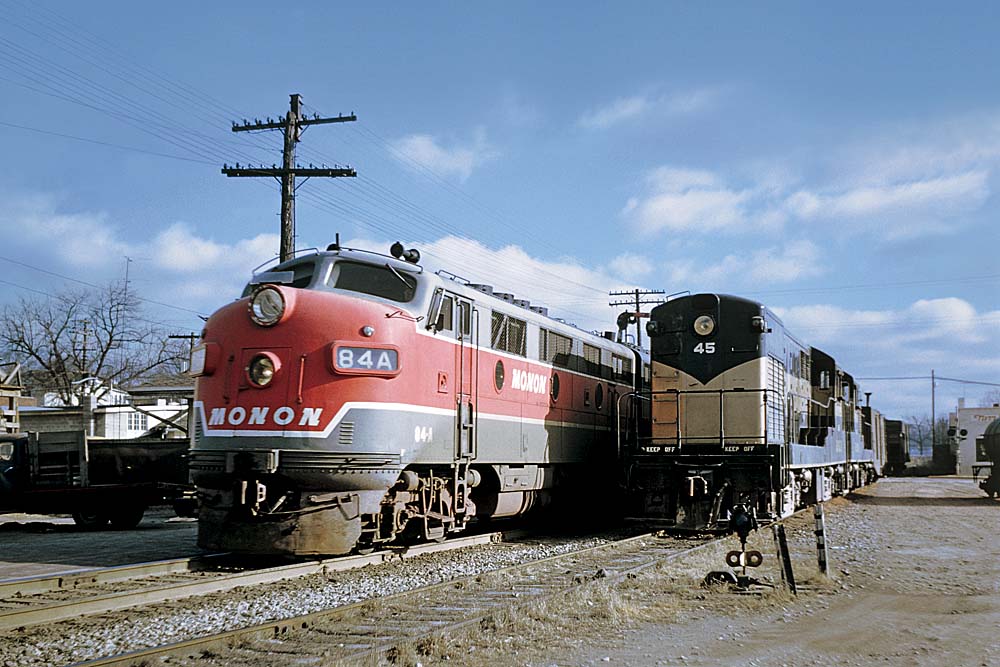
Monon Railroad history is tied to Indiana state history. Imagine a meandering Midwestern railway constructed through difficult, sparsely settled territory and soon bankrupt as a result, discovering upon completion that it had been built between the wrong cities. It would attempt to rectify early mistakes through expensive acquisitions of adjoining railroads, and trackage rights […]
Read More…
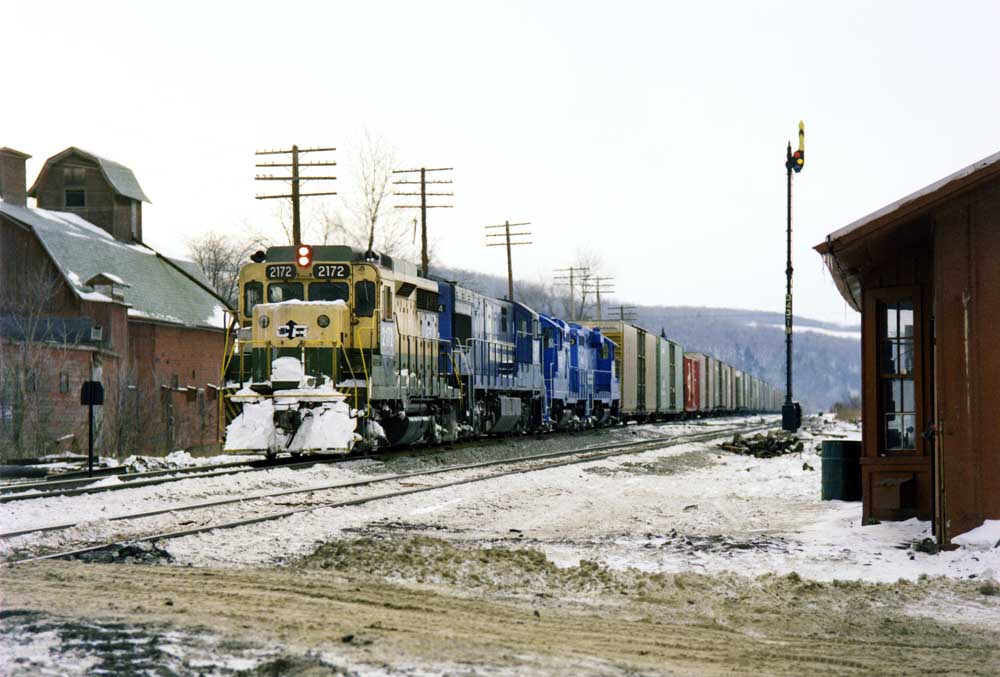
When created in 1976, lowering the flags of several once-proud but troubled Northeastern railroads, it was shockingly new. But that was 44 years ago. Moreover, it’s been more than two decades since Conrail itself became a fallen flag. Here is a photo of classic Conrail. The train is eastbound at Canaseraga, N.Y., 13 miles […]
Read More…
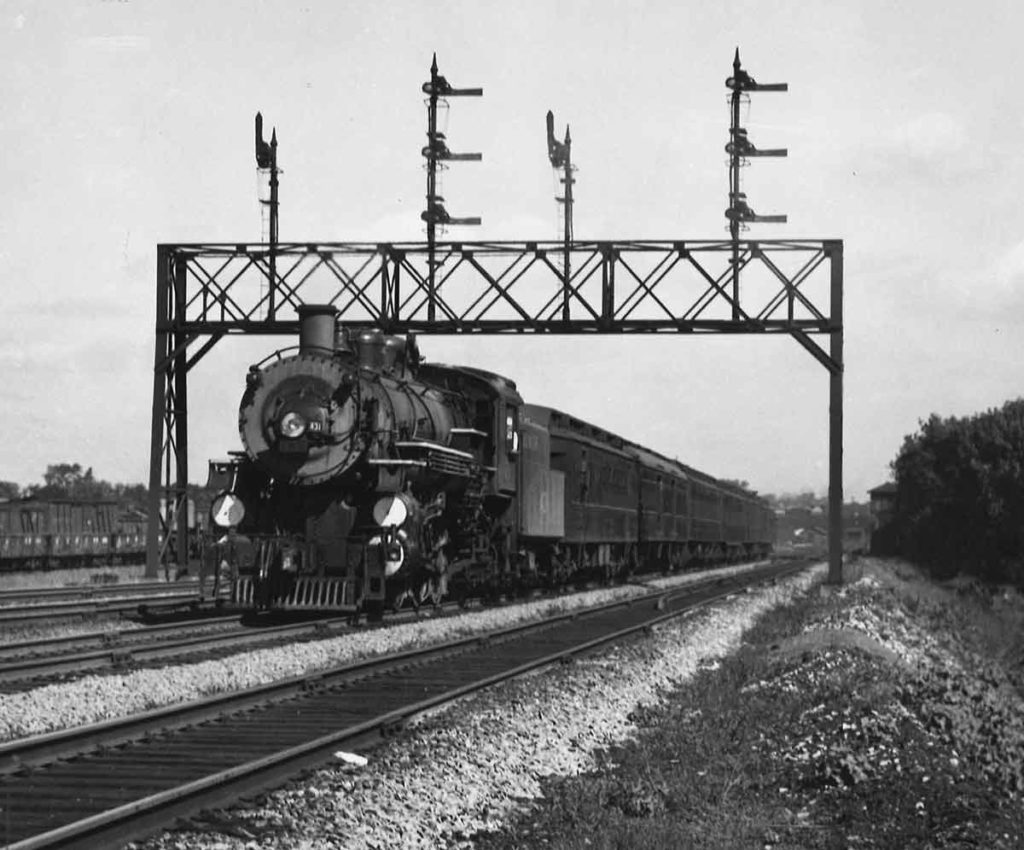
Monon Route passenger trains All through March 2023, Classic Trains editors are celebrating the history and heritage of the Chicago, Indianapolis & Louisville Railway — the Monon Route! Please enjoy a selection of images of Monon Route passenger trains selected from the files of Kalmabch Media‘s David P. Morgan Library. This gallery was originally published […]
Read More…
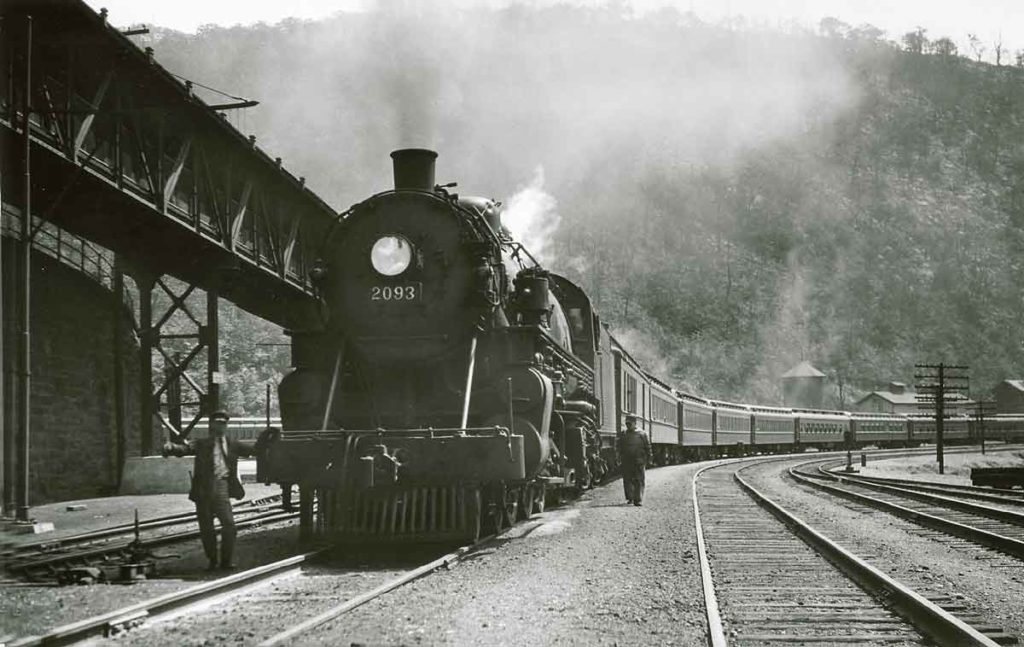
Lehigh Valley passenger trains remembered: All through February 2023, Classic Trains editors are celebrating the history and heritage of the Lehigh Valley Railroad in upstate New York. The LV was a smaller Class I railroads in its day, but still had interesting passenger trains as you can see from this photo gallery selected from the […]
Read More…
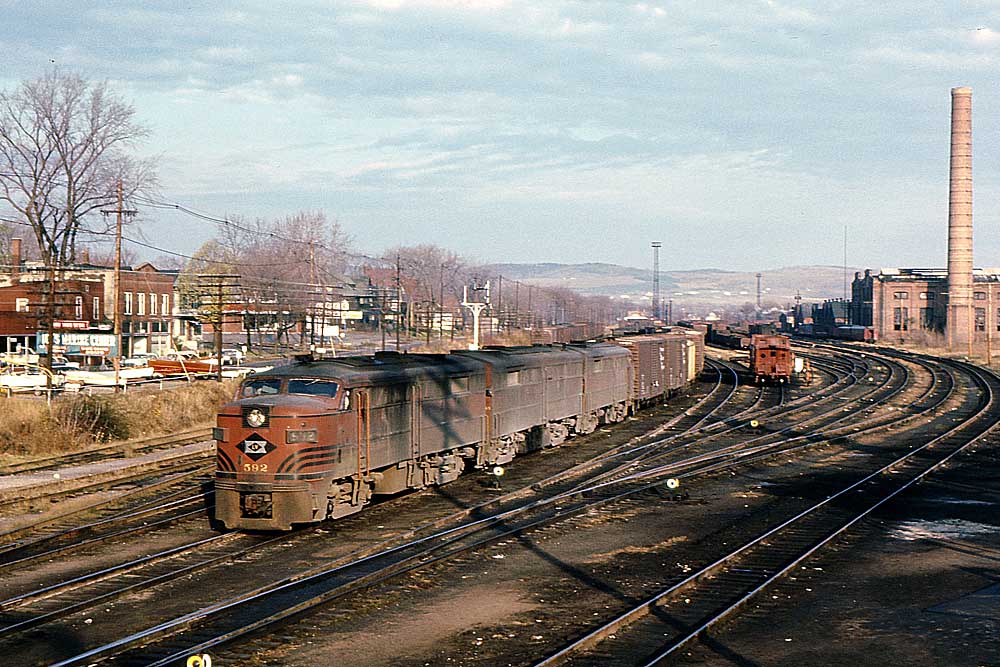
Without an ampersand, directional vector, or superlative in its title, the Lehigh Valley Railroad was of understated geographical reach. Its 440-mile New York-Buffalo line was slightly longer than competing routes of the Erie, New York Central, and Lackawanna, but shorter than the Pennsylvania’s. LV’s earliest component dated to 1836, but “the Valley” owed its existence […]
Read More…
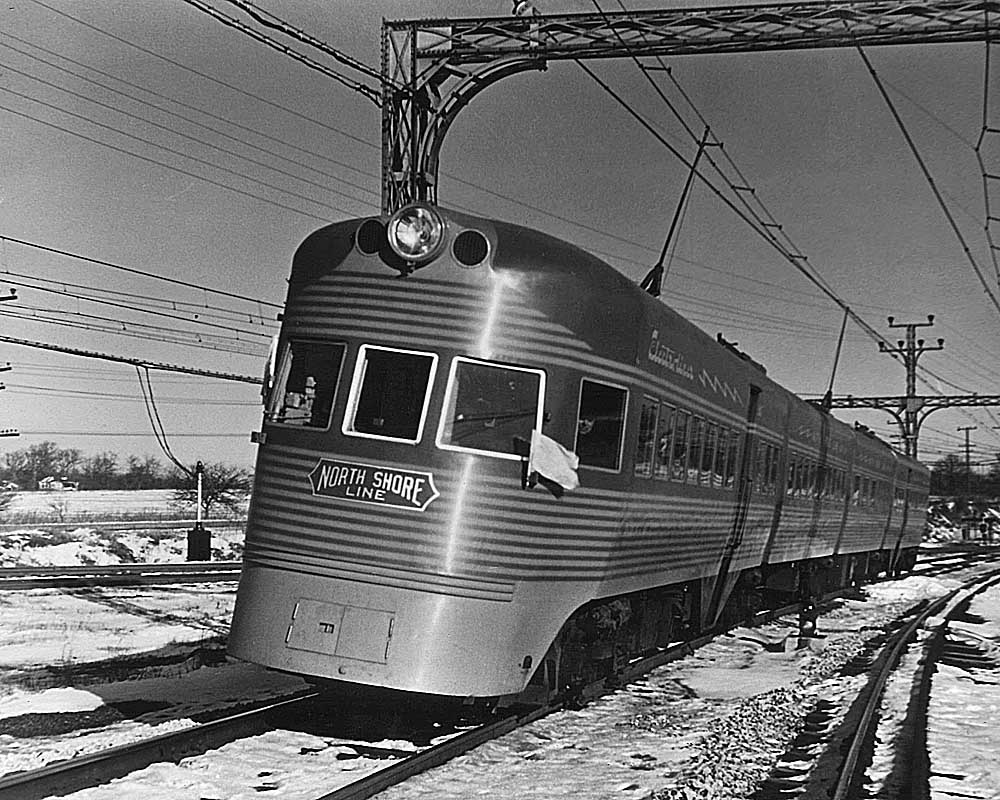
Enjoy this North Shore passenger service photo gallery selected from among the Chicago, North Shore & Milwaukee Railroad files in Kalmbach Media‘s David P. Moran Library. This gallery celebrates the history, heritage, and Electro-glamour that was the high-speed North Shore interurban railroad. This North Shore passenger service photo gallery was first published in August 2015. […]
Read More…
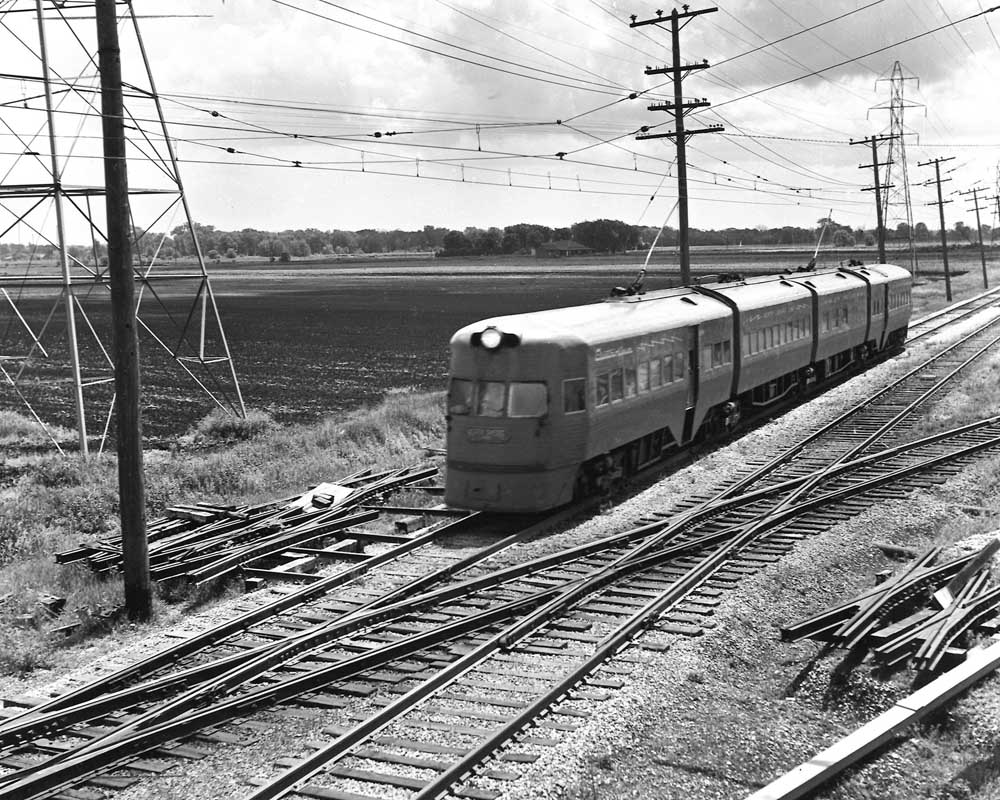
Chicago North Shore & Milwaukee history is tied to the transit needs of Chicago and Milwaukee. In 1891 the Waukegan & North Shore Rapid Transit Co. was incorporated — a trolley line for the city of Waukegan, Ill., on the shore of Lake Michigan, 36 miles north of Chicago. In 1897, by which time it […]
Read More…
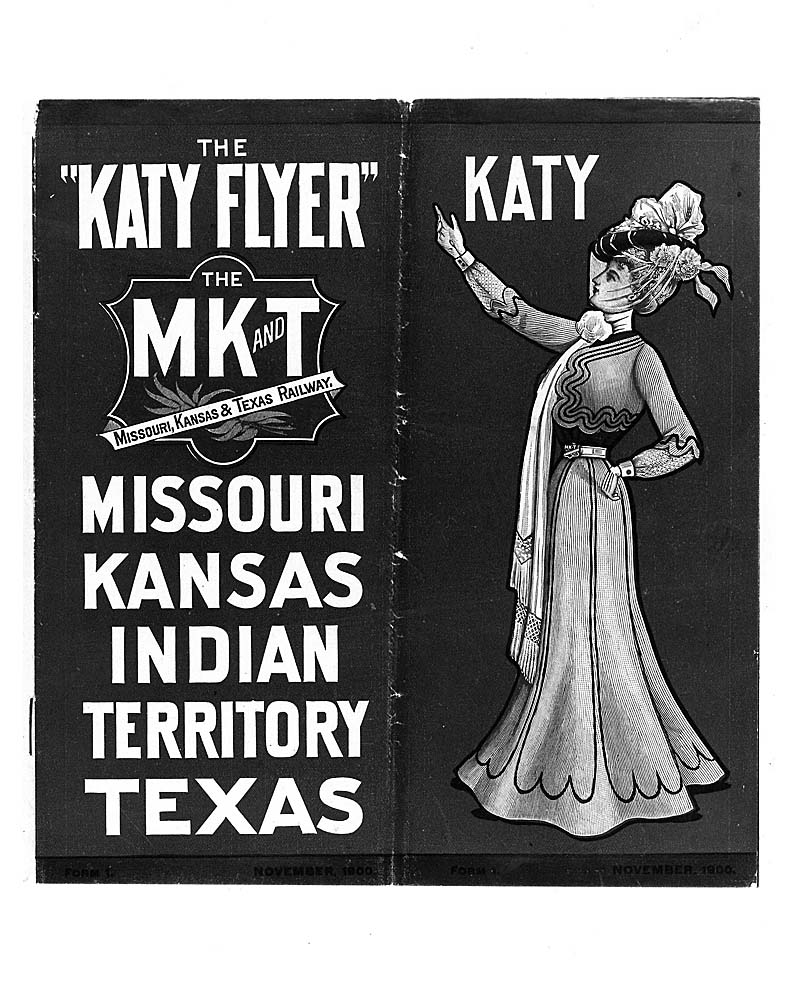
Missouri-Kansas-Texas logo underwent subtle changes throughout the railroad’s history. But its origin is more interesting than these iterative changes. In his history of the Katy, J. Parker Lamb mentions the different incarnations of Katy’s corporate herald over the years, but where did the road’s uniquely shaped emblem come from? According to Freeman Hubbard in his […]
Read More…












